A lush, green lawn is a source of pride for homeowners and a testament to proper lawn care practices. But achieving that picture-perfect grass involves more than just watering and mowing—you also need a balance of fertilization, weed control, as well as insect control strategies to allow your lawn to flourish fully.
An Overview of the Essentials for a Beautiful Lawn
Fertilization provides vital nutrients to your lawn, ensuring that it grows thick, dense, and healthy. Nutrient-rich soil enables your grass to establish a robust root system, enhancing the turf’s overall strength and resilience to stressors, such as heat, foot traffic, or pest infestations.
A well-fertilized lawn is less likely to be overtaken by weeds, as the dense grass leaves little room for opportunistic weed seeds to take root. With that in mind, maintaining a proper fertilization schedule tailored to your specific type of grass and regional climate is a cornerstone of lawn care.
Weed control is another pivotal aspect of lawn care, as these unwanted plants can quickly detract from the beauty of your yard while competing with your grass for essential resources, such as sunlight, water, and nutrients.
A strategic approach to weed control involves both preventative and reactive measures, incorporating practices such as pre-emergent herbicide applications, targeted post-emergent treatments, and proper mowing techniques to suppress weed growth and maintain a well-manicured lawn.
Insect control is the third cornerstone of comprehensive lawn care, as these pests can wreak havoc on your turf if not adequately managed. Common lawn insects, such as chinch bugs, sod webworms, and mole crickets, can cause significant damage to your grass, resulting in unsightly brown patches and even compromising the health of your entire lawn.
By identifying potential infestations early and implementing prompt and efficient intervention strategies, you can protect your lawn from these destructive pests while preserving the overall vigor and vitality of your turf.
As you read on, we aim to provide a comprehensive analysis of these crucial elements, demonstrating how they intertwine to create a verdant, robust lawn. By delving into the intricacies of fertilization, weed mitigation, and insect control, we hope to offer a holistic understanding of the mechanisms driving the perfect lawn care routine.
Fertilizing Your Lawn: The Foundation of Healthy Growth
A well-fertilized lawn is the first step towards achieving healthy, lush grass and reducing the likelihood of weed growth. The key to successful fertilization lies in understanding your specific turfgrass needs and tailoring a schedule according to these requirements. Here are some tips for effective lawn fertilization:
1. Choose the right fertilizer: Select a product containing balanced levels of nitrogen, phosphorous, and potassium. Slow-release nitrogen formulas are ideal for prolonged feeding and better nutrient utilization.
2. Correct timing: Spring and fall are typically the best times for fertilization in Central Florida. Warm-season grasses, such as St. Augustine and Bermuda, benefit from early spring and fall feedings.
3. Proper application: Follow the product label instructions when applying fertilizer to your lawn. Utilize a spreader to ensure an even distribution, and water your grass thoroughly after the application to promote nutrient absorption.
4. Soil testing: Regular soil testing can identify nutrient deficiencies that may affect your lawn’s health. Based on the results, you can adjust your fertilization regimen for optimal growth and vitality.
Winning the Battle Against Weeds
Tackling weeds requires a multifaceted approach that includes both preventative and reactive strategies. Implement the following techniques to keep weeds at bay and maintain a beautiful lawn:
1. Pre-emergent herbicides: These products work by inhibiting weed seed germination and are best applied before weeds emerge, ideally in early spring or fall. Choose a product specifically labeled for your lawn type and the target weed species.
2. Post-emergent herbicides: If weeds have already infiltrated your lawn, applying post-emergent herbicides can help you combat these unwelcome plants. Spot-treat the affected areas or use a selective herbicide that targets weeds without damaging your grass.
3. Regular mowing: Mowing your lawn to the appropriate height for your grass species and utilizing sharp mower blades can prevent weed growth. Keeping your lawn at the correct height ensures that the grass can effectively compete with weeds for sunlight, water, and nutrients.
4. Maintain healthy turf: Dense, healthy grass leaves little room for weeds to gain a foothold. Proper watering, fertilization, and aeration can all contribute to a strong and well-established lawn that can naturally suppress weed growth.
Controlling Lawn Insects: Defense Against Destructive Pests
Insect pests can cause significant damage to your lawn if left unchecked. Implementing a proactive pest management plan can help maintain the aesthetics and health of your turf:
1. Identify the problem: Start by identifying the insects causing damage to your lawn. Common Central Florida pests include chinch bugs, sod webworms, and mole crickets. Look for telltale signs of infestation, such as yellowing patches, chewed grass blades, or the presence of adult insects.
2. Monitor insect populations: Regular inspection of your lawn can help you catch insect issues early on, allowing for timely intervention and prevention of more severe damage.
3. Utilize integrated pest management (IPM): An IPM approach incorporates multiple tactics aimed at minimizing pest populations while reducing the need for chemical intervention. Implementing cultural practices, such as proper watering and mowing, can deter pests, while introducing beneficial insects, like ladybugs and parasitic wasps, can provide biological control.
4. Targeted insecticide treatments: Chemical insecticides should be employed as a last resort when pest populations exceed acceptable levels, and other control measures have been unsuccessful. Choose a product targeted at your specific pest problem, and always read and follow the label directions for proper usage.
Enlisting Professional Support for Comprehensive Lawn Care
Many homeowners may find it challenging to handle all aspects of lawn care on their own, especially when it comes to pest and weed control. Enlisting the expertise of a professional turf management company, like NextLevelTurf, can ensure that your lawn receives the proper care and attention. Professionals can accurately diagnose issues, customize treatment plans, and provide timely, efficient, and environmentally responsible solutions.
Mastering the Three Key Elements of Lawn Care: Fertilization, Weed, and Insect Control
A beautiful, thriving lawn is the result of a comprehensive approach that addresses fertilization, weed, and insect control. By understanding the essential roles these components play and utilizing effective techniques and best practices, you can maintain an outdoor space that is healthy, durable, and visually stunning.
For Central Florida homeowners seeking expert guidance, NextLevelTurf offers unparalleled knowledge and experience to help you achieve the lush, green lawn of your dreams. Don’t wait to elevate your lawn care game—contact NextLevelTurf today for exceptional support and comprehensive turf management solutions.

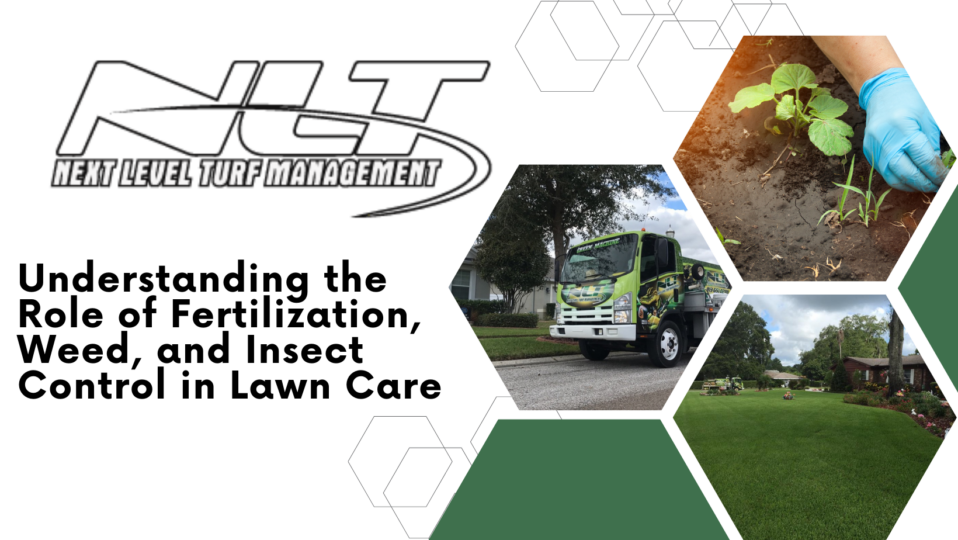
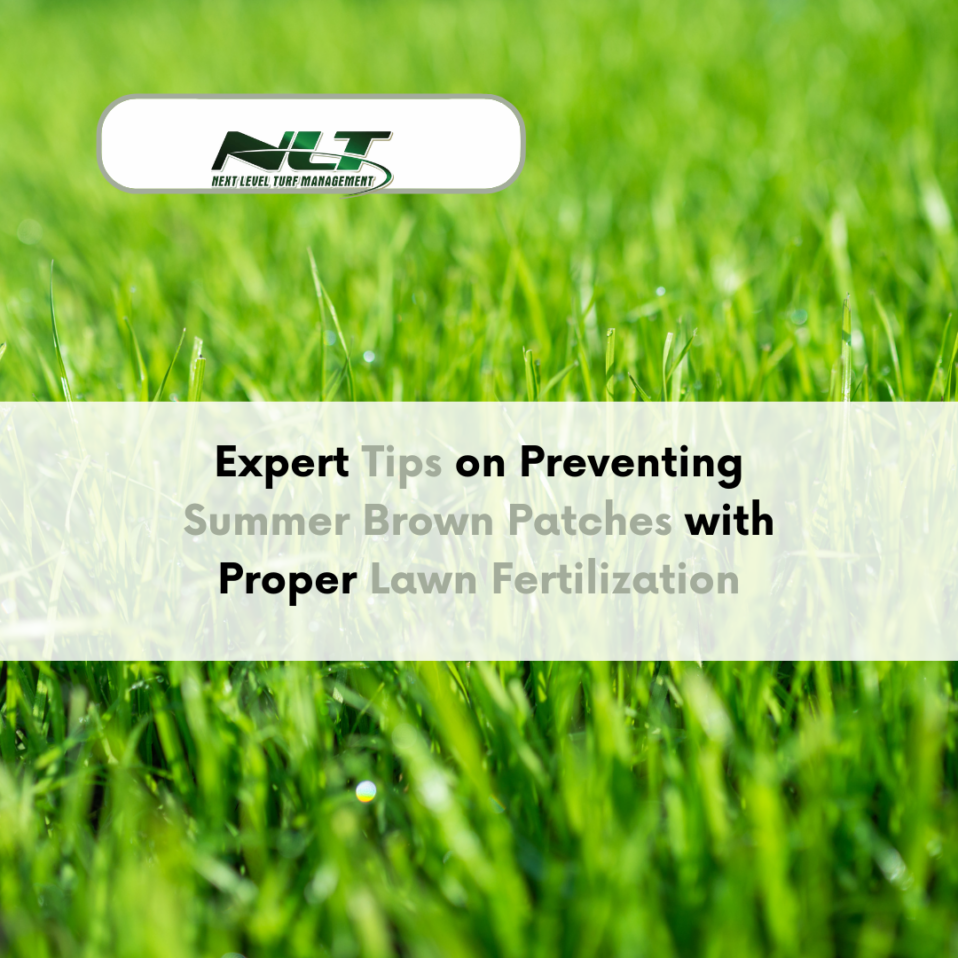
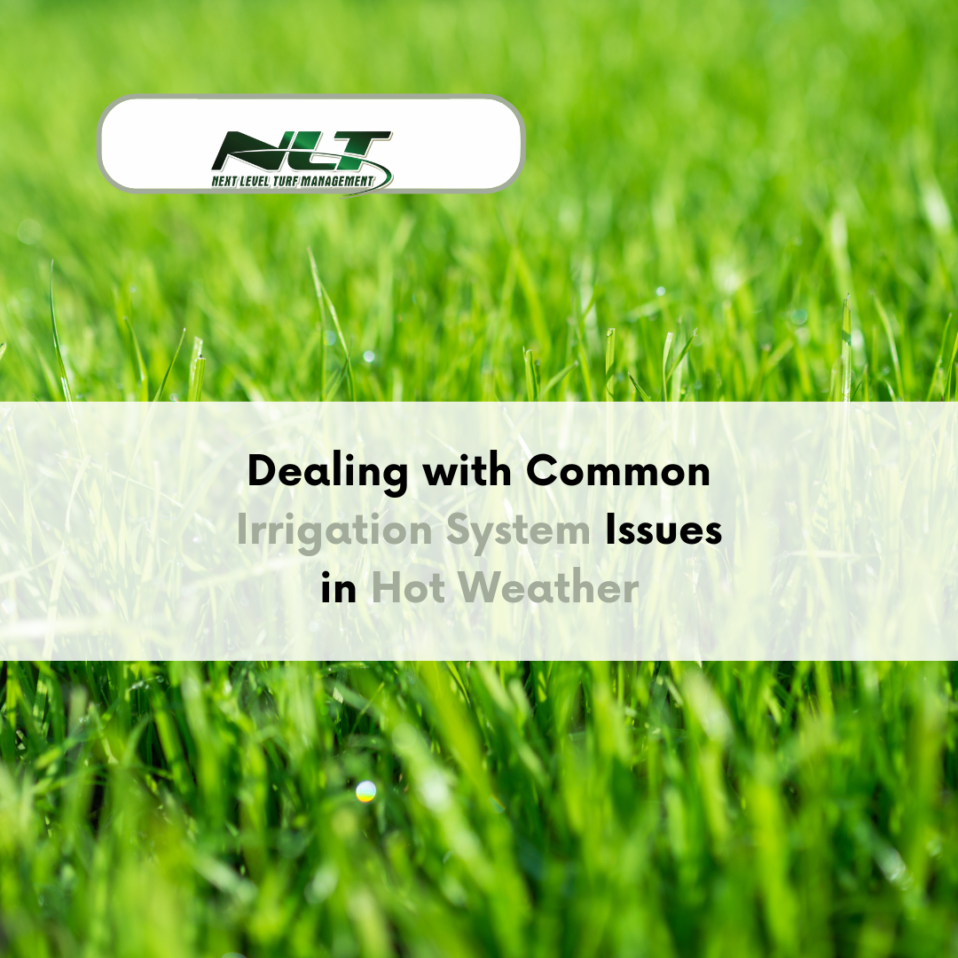
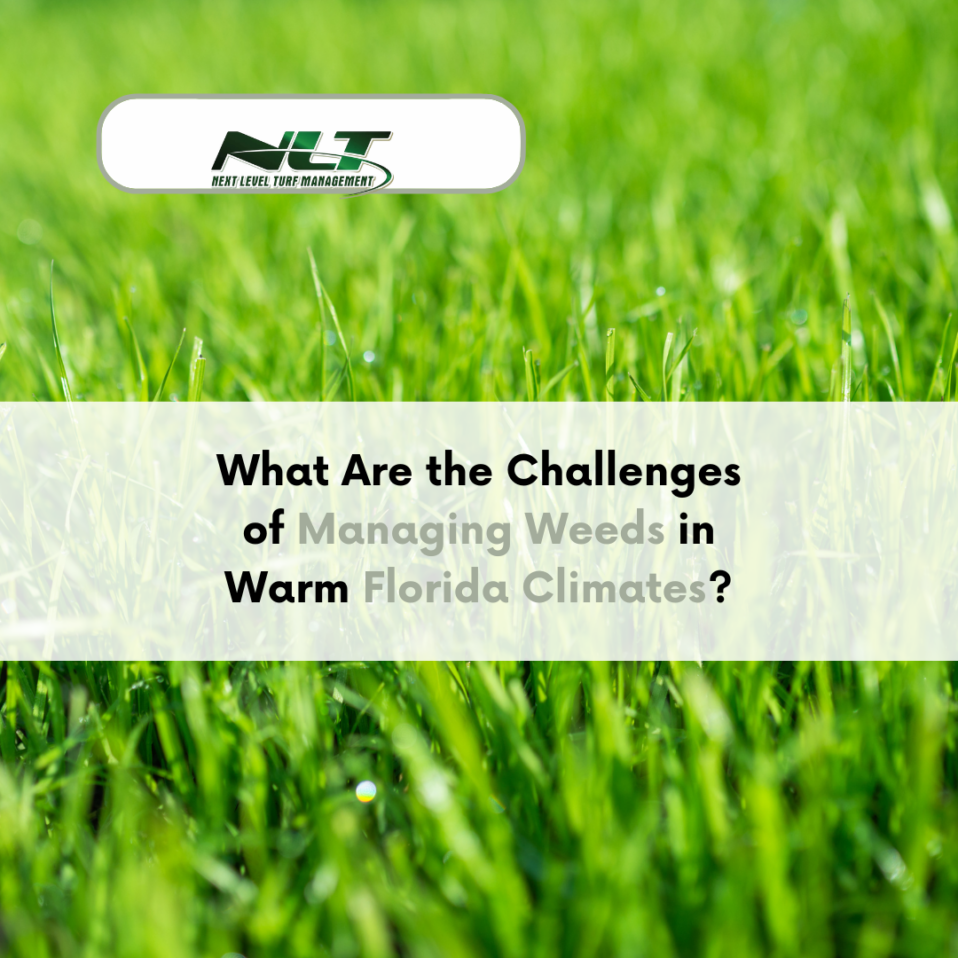
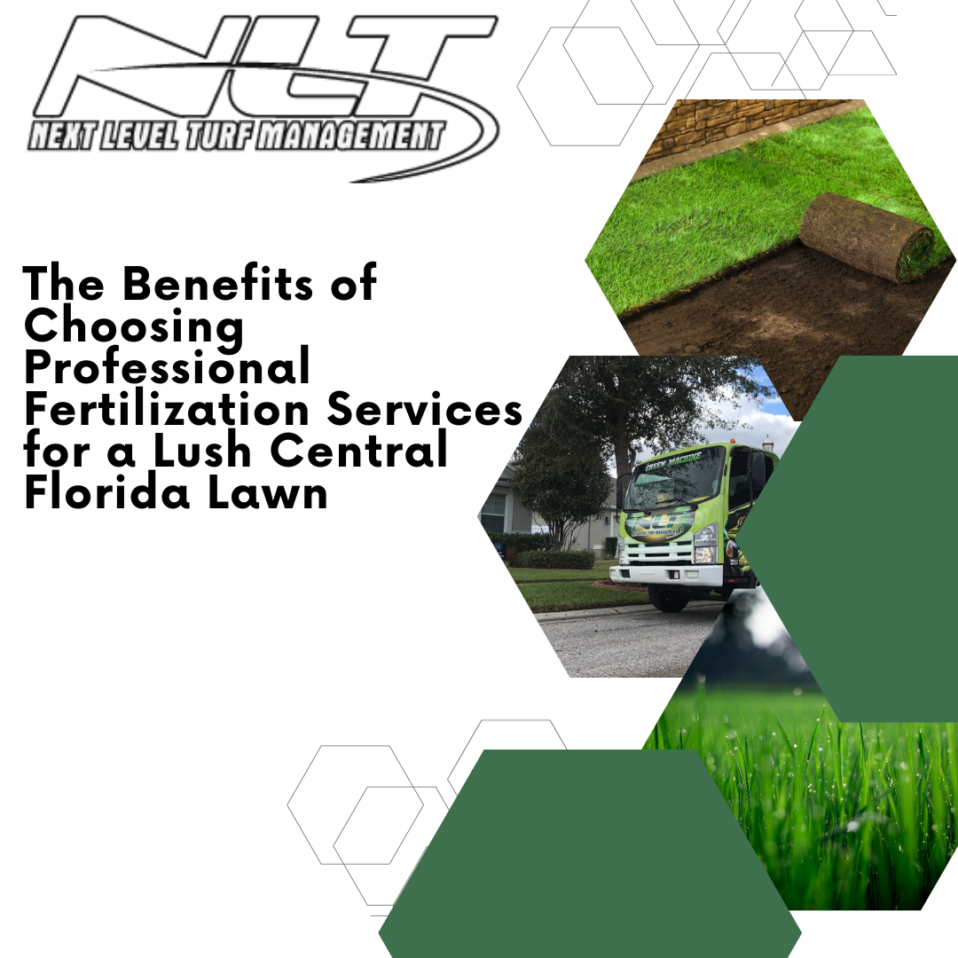


Post a comment